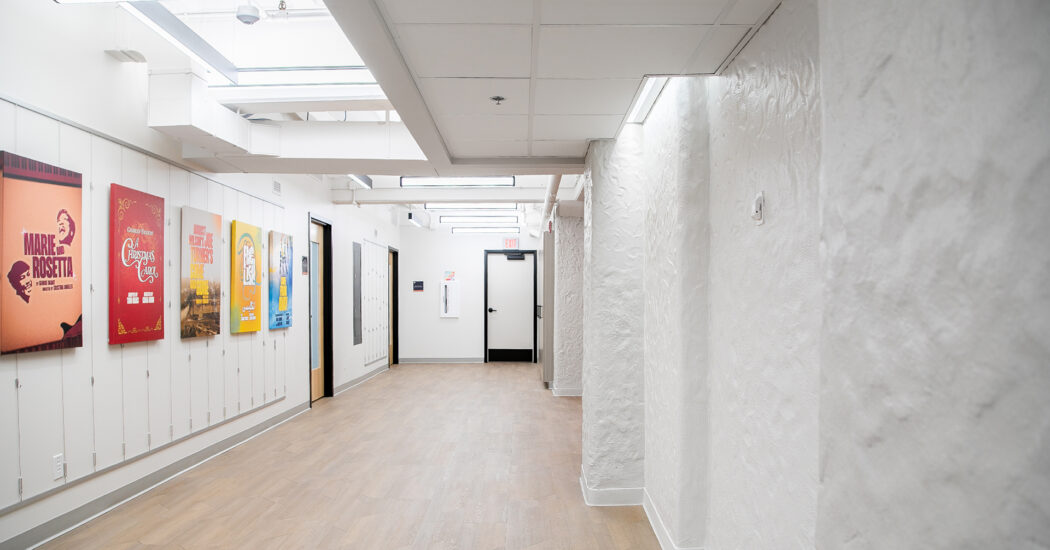Second in the Series: What are the Different Types of Geothermal Heat Pumps?
-
Category
Innovation -
Posted By
Eric Broemel -
Posted On
Jan 14, 2014
Ground source heat pumps (GSHP) can be classified into four basic types. Choosing the right one depends on the available land area and the soil and rock type at the installation site. The design team will analyze these factors to determine the most economical choice for installing the ground loop.
Closed-Loop Systems
In closed-loop systems, a water or antifreeze solution is circulated through plastic pipes buried beneath the earth’s surface. During the winter, the fluid collects heat from the earth and carries it through the system and into the building. During the summer, the system reverses itself to cool the building by pulling heat from the building, carrying it through the system, and transferring it to the ground.
Pond/Loop Closed-Loop Piping Systems
If a large river or moderate- size pond or lake is available, a closed-loop system can be submerged in it. Some commercial and institutional buildings have artificial ponds for aesthetic or drainage reasons; these may have adequate surface area and depth to fully immerse a closed loop heat exchanger.
Open-Loop Systems
The open-loop portion of a ground-sourced heat pump system is a long plastic pipe buried below the earth’s surface. This plastic pipe allows heat transfer between fluid in the pipe and the earth. The heat pump transfers thermal energy to and from the open buried pipe, a water-sourced heat pump, and an energy distribution system.
Hybrid Geothermal Heat Pump System
A hybrid geothermal heat pump (GHP) can be a lower cost alternative. In hybrid GHPs the ground heat exchanger size is reduced, and an auxiliary heat rejecter (cooling tower) handles the excess heat rejection loads during building cooling operation. The amount of size reduction for the ground heat exchanger in a hybrid system will vary with location and climate, but it must be large enough to handle the building’s heating requirements.
Look for our next blog in this series to learn about the critical steps in geothermal system design.








